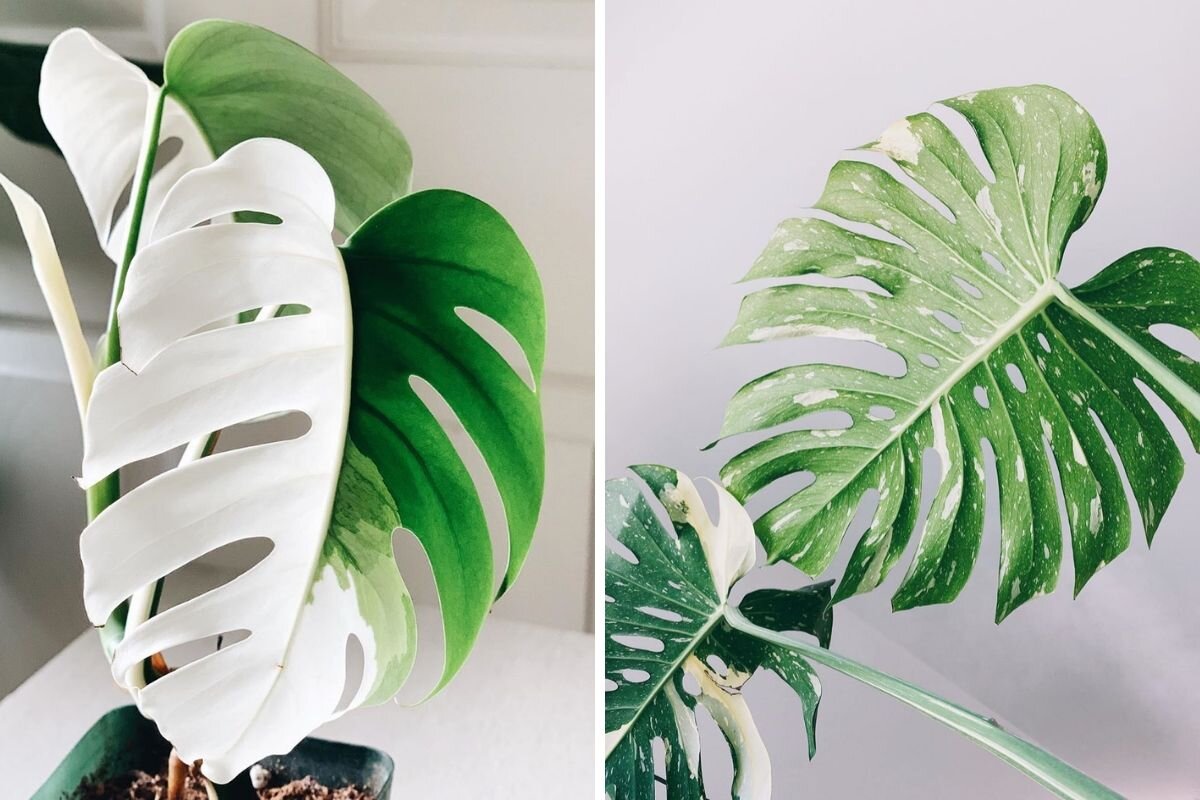Why are my Philodendron’s leaves turning yellow?
Philodendrons are so charming and vibrant. They often have variegated foliage and can grow in gorgeously long cascades, and they’re a beloved low-maintenance houseplant variety. But even with their easy-going temperament, they can exhibit yellowing foliage which can be troubling (in truth, all plants can!). Read on to learn why your Philodendron’s foliage may be yellowing, and for our quick tips to get it back on track!
Aging
You’ll find that most plants will exhibit some yellowing foliage from time to time. It happens when they shed old growth to concentrate on pushing out new leaves, and sometimes particularly young new leaves simply don’t thrive. This isn’t the result of a systemic health issue, just normal plant behavior. If your Philodendron is receiving appropriate care, appears healthy overall, but is showing some yellow leaves, they can just be pulled off gently or trimmed off using clean, sharp scissors or shears.
Overwatering
Philodendrons can be overwatered, and yellowing foliage is one of the most common signs of this issue. These plants should only be watered whenever their top two inches of soil are dry to the touch, rather than based on a timetable. To check your plant’s moisture, lift up a portion of its decorative moss and stick your finger two inches down into its soil. If the soil is dry, it’s time to water the plant. But if it is still moist, hold off!
Incorrect Light
We all know that we need to drink more water when we’re out in the sun all day, and the same goes for our plants. The more light that your Philodendron receives, the faster it will use up the water in its soil. So check its moisture levels frequently, and adjust as necessary during the sunnier, warmer months of the year.
If your Philodendron is receiving too much light, this will affect its overall health and foliage. Remember that Philodendrons cannot tolerate direct, bright sunlight, as it will sunburn their leaves, a symptom which will exhibit itself as discoloration and sometimes, as yellowing.
A Lack of Humidity
In especially dry climates, Philodendrons can suffer from a lack of humidity. If your home is regularly dry, or an air conditioner or heater is often on, it is helpful to boost your Philodendron’s humidity by misting it a few times a week.
More Support!
Yellowing foliage can be a completely normal aspect of all living plants, but if you are concerned that your plant is receiving all appropriate care and continues to display foliage issues, you can always contact our Plant Doctor service via your Léon & George account. Our Plant Doctors are here to help!
Philodendron Brasil
With jewel-tone variegated foliage and gentle tendrils, the Philodendron Brasil is a lush, easy-care houseplant with a tropical aesthetic.


























































